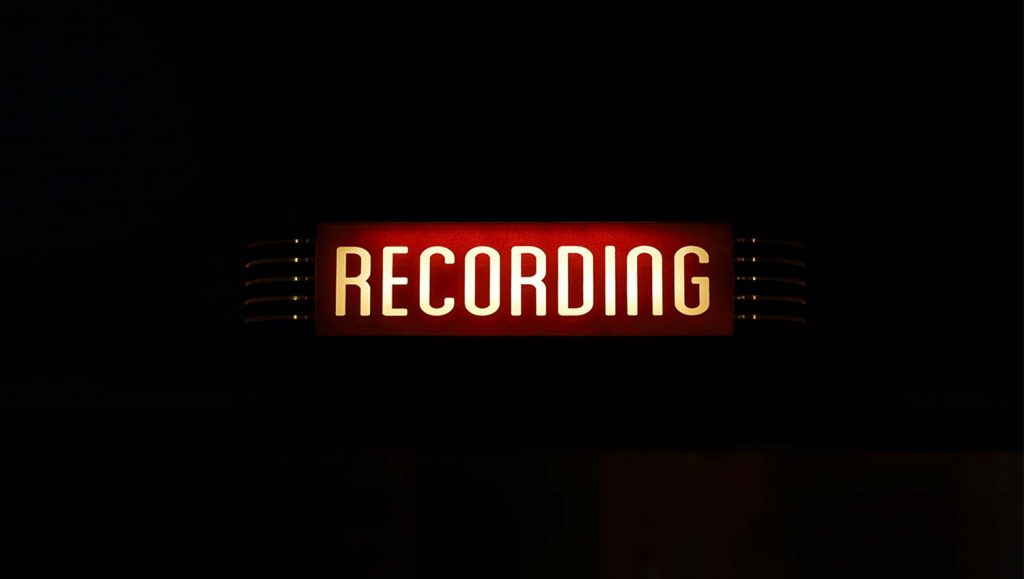
Working with a voice over artist should be easy. We’re here to help. But, how do you maximise the performance and get the best results for your voice-over project?
Here are some tips that you might not have thought of.
1 – Have A Strong Brief.
You might think that by leaving the brief blank that you are helping the voice-over artist. You are giving them a blank canvas. I would say that some detail is always helpful.
I always like to be clear about who I’m talking to and why. What is the relationship? Why am I having this conversation? What am I communicating? Of course, a good actor will always interrogate the script, but they may arrive at a different conclusion from you.
I’m often amazed at the amount of discussion that goes on between creatives and others in the team back and forth to make the script word perfect, but then it is handed over to the voice-over artist with no guidance or explanation. Personally, I think bringing the voiceover into the loop helps.
If you’ve got a video, or music, or a storyboard… share it. I like to think I know what I’m doing, but even I occasionally see a rough cut, and go “oh”, as the penny drops. Sometimes context is everything. It helps if I am able to share your vision. That way I approach the voice over from the “same page”.
Things to consider:
Where are you? Is the voiceover in the factory, shouting over the equipment, or are they in an e-learning module, whispering into the ear of the viewer?
Who are you? Is the voice over a spokesperson for the company, a happy customer, an impartial observer or someone else?
What is the outcome? What do you want the viewer or listener to take away from your content? What are we trying to make them do?
Why are you saying these words now?
2 – Be Clear About Usage.
It might actually save you money. Some production companies want to simplify how the client might use the material, so they’ll say – “all media, in perpetuity, worldwide”. Sometimes they have a legal department that advises such a catch-all because it simplifies a procedure or negotiation. Believe it or not, I was once asked to sign a contract that said, “in the universe”. Like the lawyer was covering his backside in case the client wanted to broadcast the ad on Mars.
In my experience, most voice over artists want good working relationships and have an expectation of ‘fair use’. You might think the catch-all clause above is ideal, but for many professionals it will rule them out. Here’s why:
I’m working for you this week on a corporate project worth £500. Next week, I could be auditioning for a TV commercial worth £10k. That TV commercial may well require broadcast exclusivity in a particular sector. If I agreed to the catch-all use for your project, I cannot guarantee exclusivity for other jobs. Do that enough times, in enough sectors, you close down your career.
Many voice over artists work across a range of projects with varying prices. That balance makes their profession viable. If you take away the ability to do the high end jobs, it means the voice over will have to charge more for the smaller jobs. Or you end up with an industry of part-time hobbyists, because it’s not a viable full-time career. Either way, broad sweeping clauses reduce quality.
If you want a voiceover for a particular use, be clear, and you’ll be quoted for that use, which will be significantly less that the price for ‘all media, in perpetuity’. To give you an example, I’ve seen advice from my peer group suggesting that an ‘in perpetuity’ request should carry a usage buy-out fee of at least 5 years. Most content is unlikely to have a shelf life beyond that point. So, if you’re straightforward in asking for say, 12 months usage, you could save a considerable amount.
3 – If You Hired Them Because Of A Specific Demo Clip, Tell Them.
When we put together our demos, we are advised to show our range and capabilities. As such, our demos can feature varying styles of content, even within the same genre. I am often told, “we’ve sent your demo to the client, and they picked you”. If I knew which demo, and which particular clip clinched it, I’d be much more prepared to give the client exactly what they want.
4 – Read Your Script Out-Loud Before You Send It.
Sometimes scripts are lifted from other material. A client might lift the copy from an internal presentation and re-purpose it for their video. The point is that we don’t speak as we write.
It’s worth reading your script out loud just to see if it ‘scans’. Does it sound right? Does it flow? Does it fall over and read clumsily? People are self-conscious about reading out loud, but it can make all the difference to your end-product. It will help make your voice over recording sound human.
It is likely to also flag up any odd pronunciations. Typically dates, numbers and acronyms. For example: Your sub-team is called CIS. Is that Cee-Eye-Ess, or Siss? It’s helpful to clarify these before recording.
5 – Let The Voice-Over Know Where They Fit Into Your Production Process.
Once upon a time, a voice over artist would just speak in a live session. The audio was recorded by an audio engineer in the studio. They would take it and produce it. These days, more and more audio is self-recorded and self-directed. Then it is sent to the client and never heard again by the voice over artist.
Since the explosion of video on the internet, the experience and background of people working with content has changed dramatically. Some are photographers turned video producers. Some are designers who are moving into media content. Digital media is a new industry. Not everyone in it has done it all their life. Audio may not be their strong suit. That’s fine, but their expectations of what a voice-over will supply might be different.
It’s not always clear, whether the client would like raw untouched audio, which they will produce, or whether the voice recording will just be passed on to the video guy who will drop it into the video timeline and do nothing else to it.
Now, I’m experienced at audio production, but I also know that if I work with a radio commercial producer, they don’t want me to touch the audio. Instead, they want to produce it to their taste. Record and send. Don’t mess with it. In other sectors, it’s different.
To get the best out of your audio, be clear about where you are on that spectrum and what your process is. Will the audio get further post-production or not?
For us Brits, it’s like going to the Fish & Chip shop. If I’m bringing them home, I will always refuse the offer of salt and vinegar, because I’ll apply my own at home to my taste. If I’m eating them out, I’ll take salt and vinegar, because it’s better than having none at all.
Conclusion.
When you’re very close to a project, it’s easy to think that it’s obvious to everyone else. As the outsider, just those few extra details helps bring the voice-over artist into your loop. The result can only be good for your project, don’t you think?
About The Author

Tony Collins-Fogarty
British Voice-Over Artist and Actor
Tony Collins-Fogarty is a British Voice-Over Artist, with a background in broadcast, alongside training as an actor. His radio career began in 1988. He began providing voice-overs regularly in 2005, becoming full-time in 2012. Commercially, he is best known as the brand voice of Tripadvisor, on TV in the US, Canada and the UK.


Social